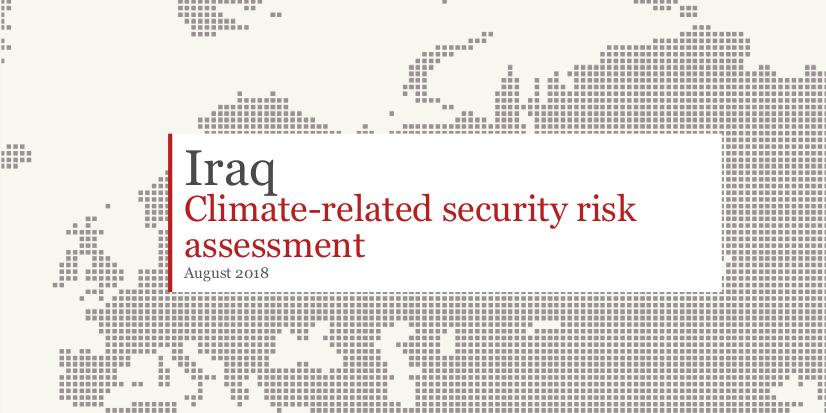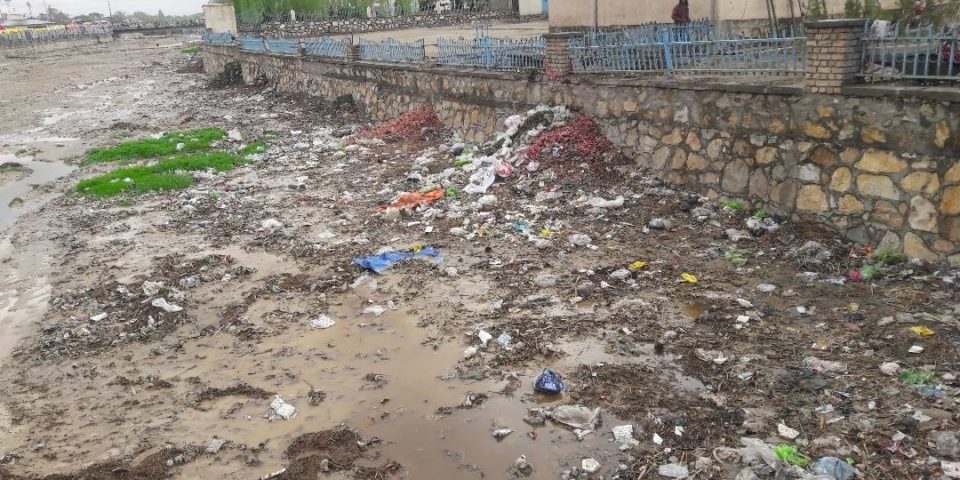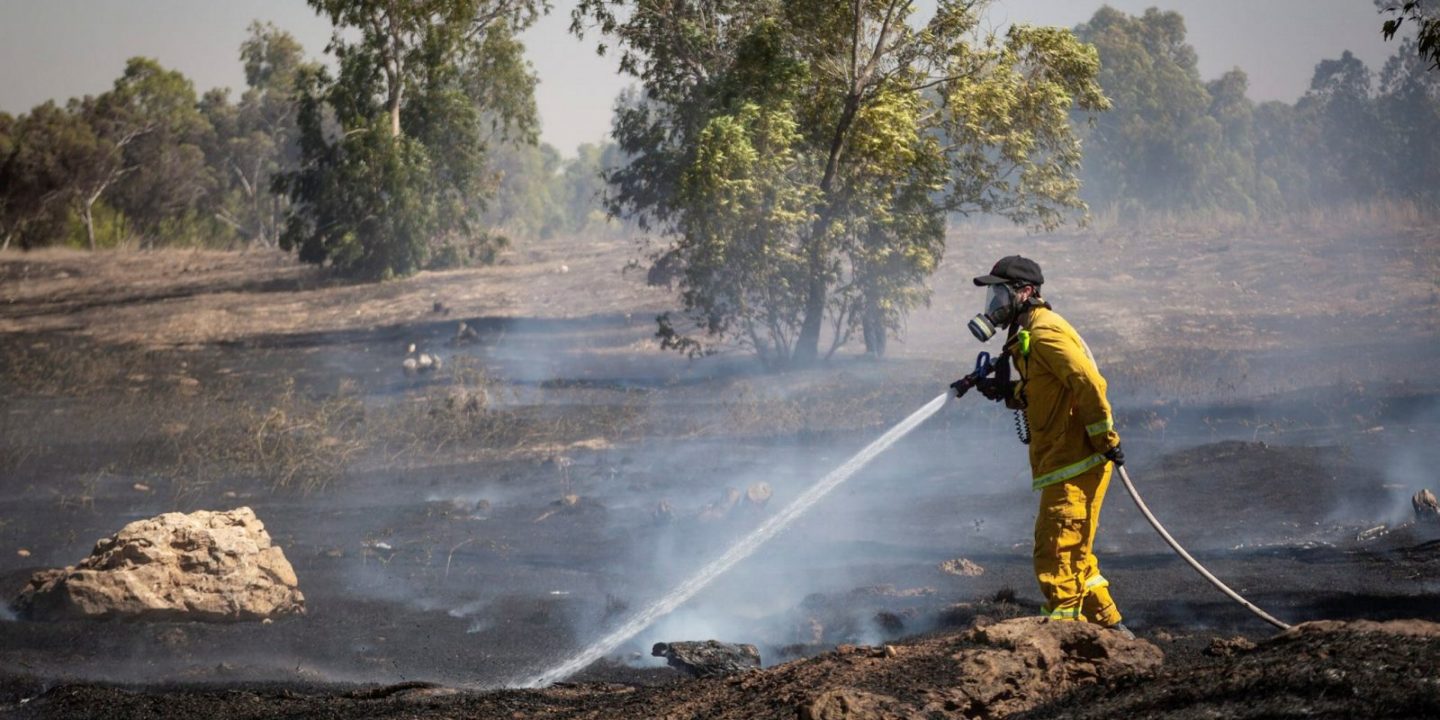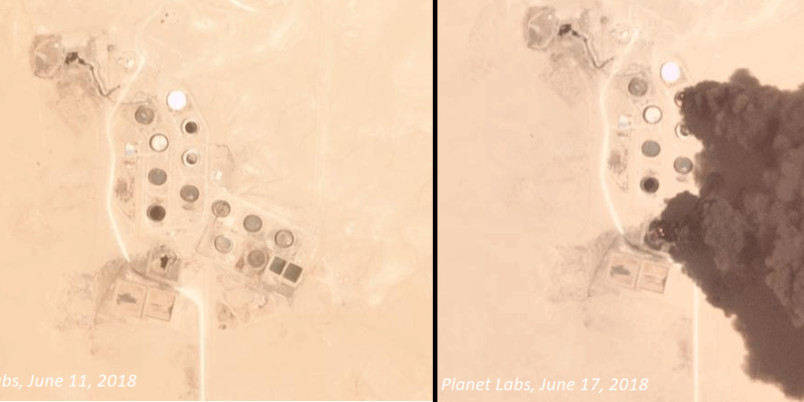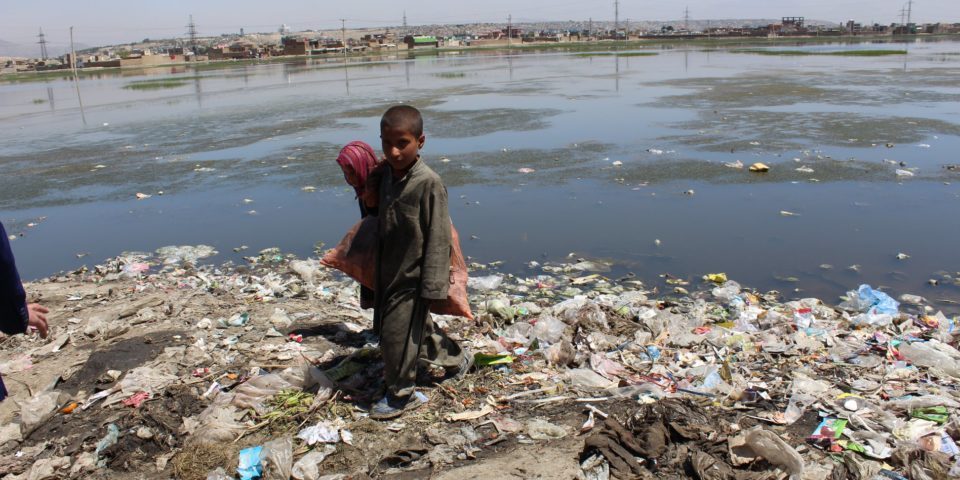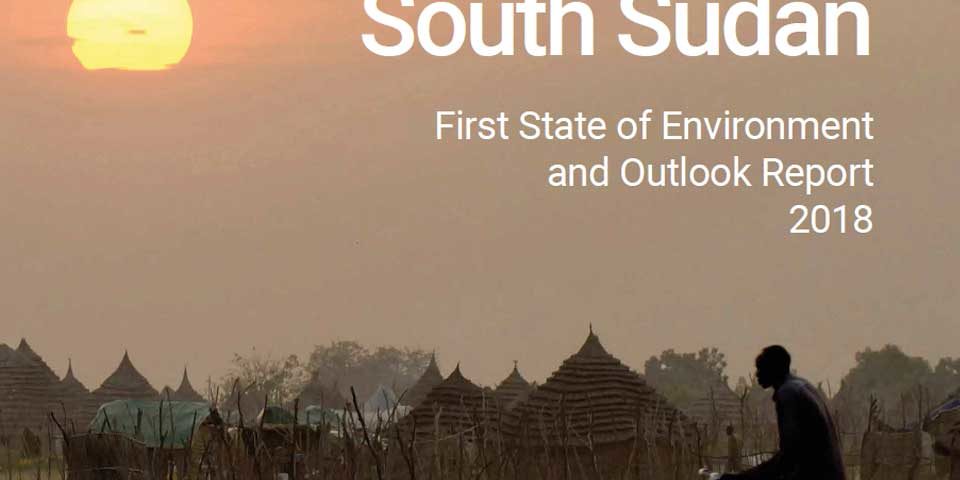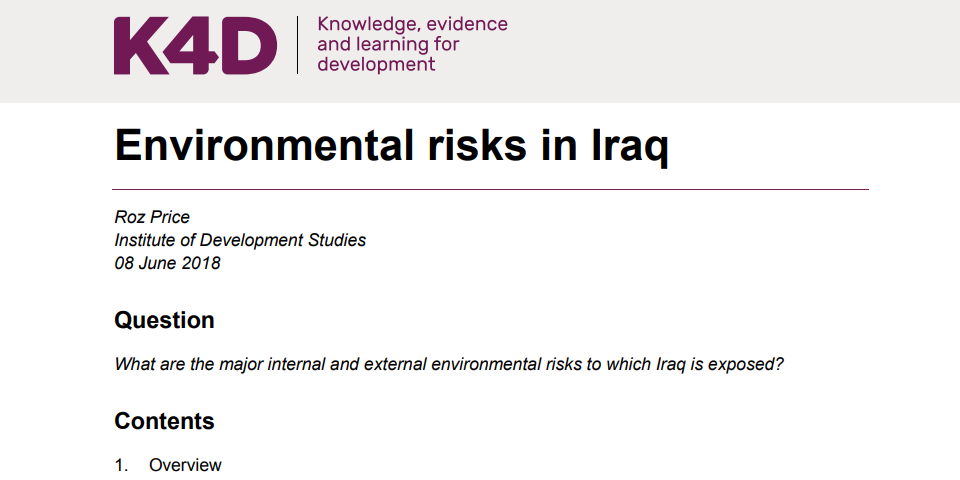Expert Working Group on Climate-related Security Risks | Iraq Climate-related security risk assessment
Hydrological limitations, increasing temperatures and extreme weather events put pressure on basic resources and undermine livelihood security for Iraq’s population. Failure to monitor and manage these climate-related risks will increase the risk from ISIS and post-ISIS terrorist groups.

